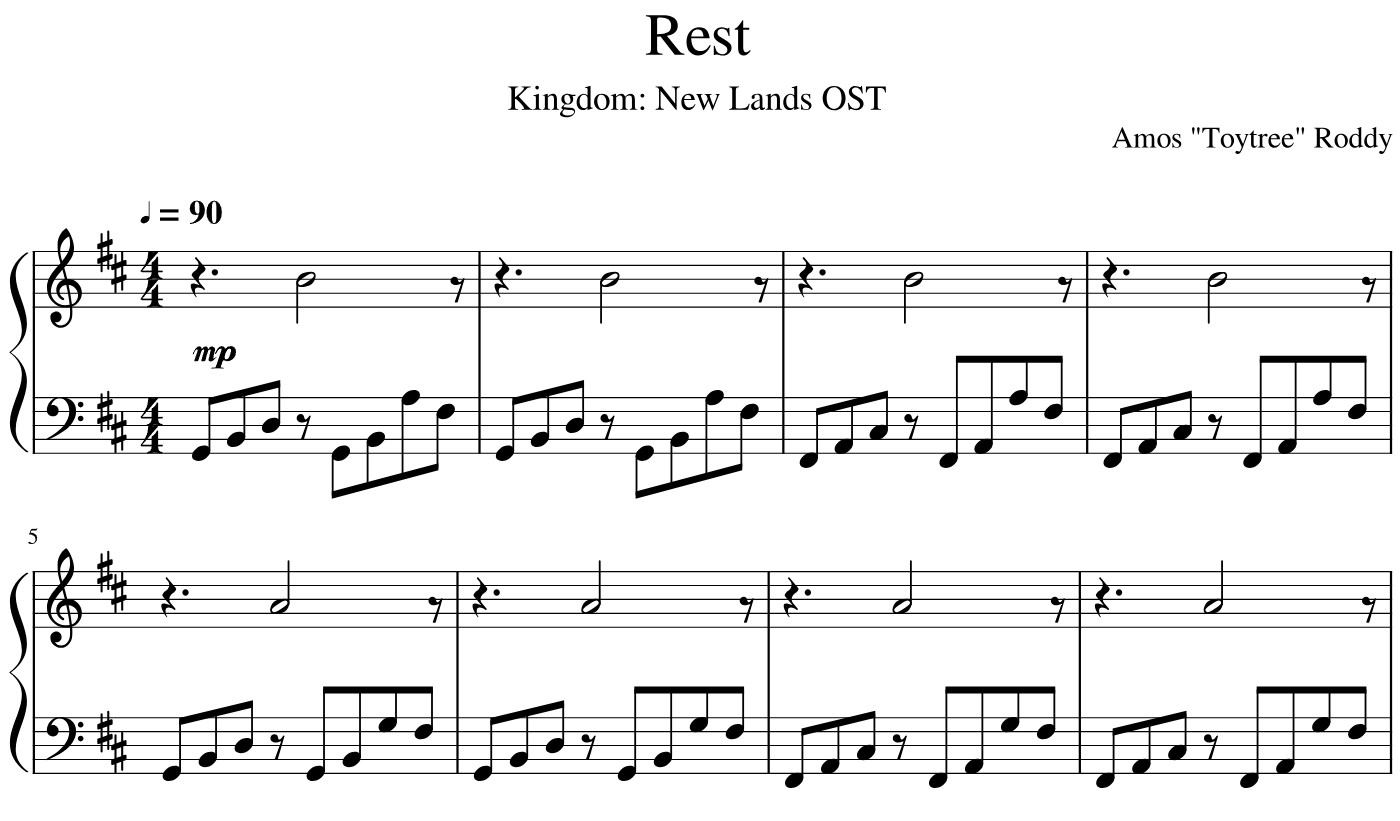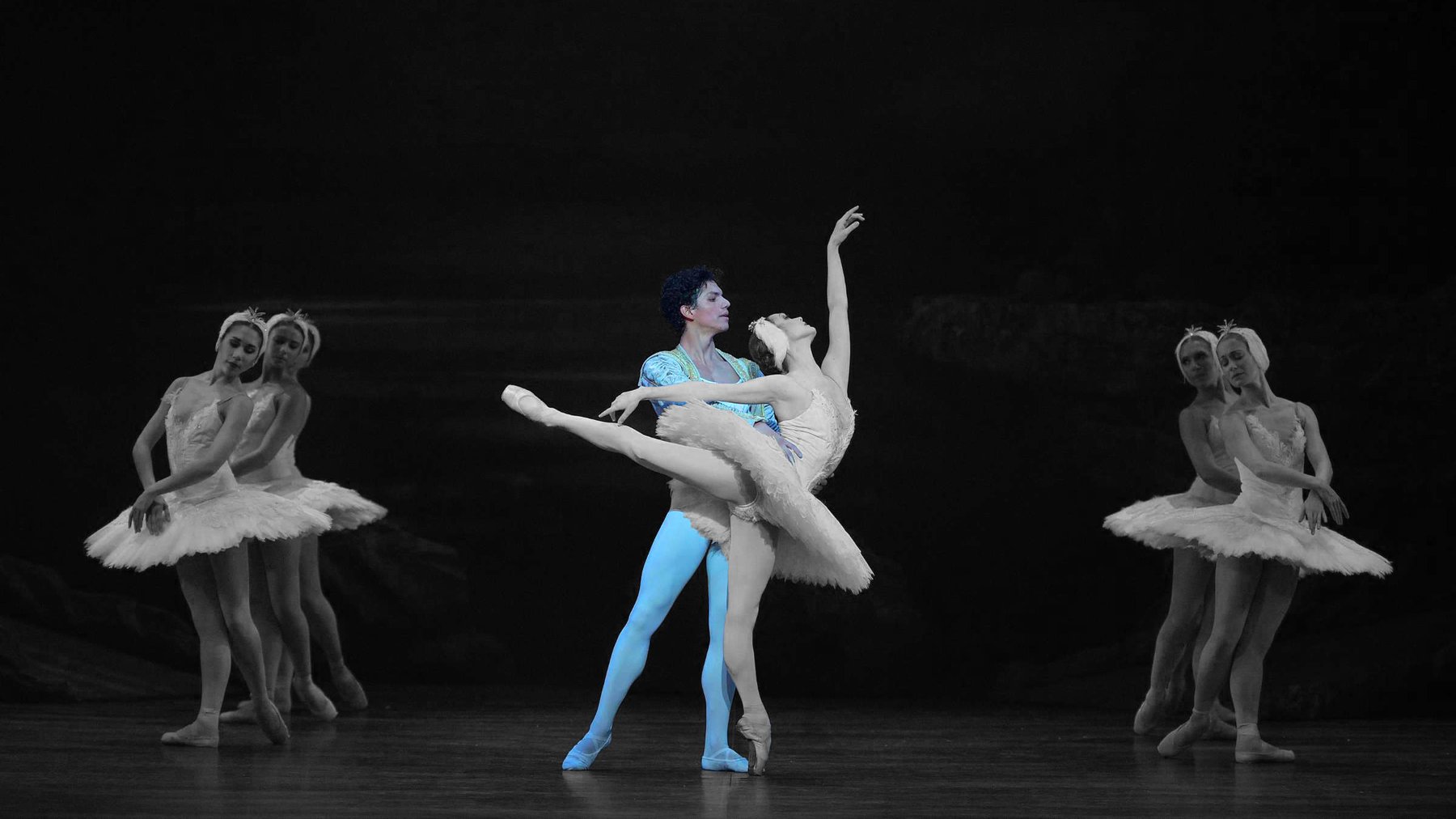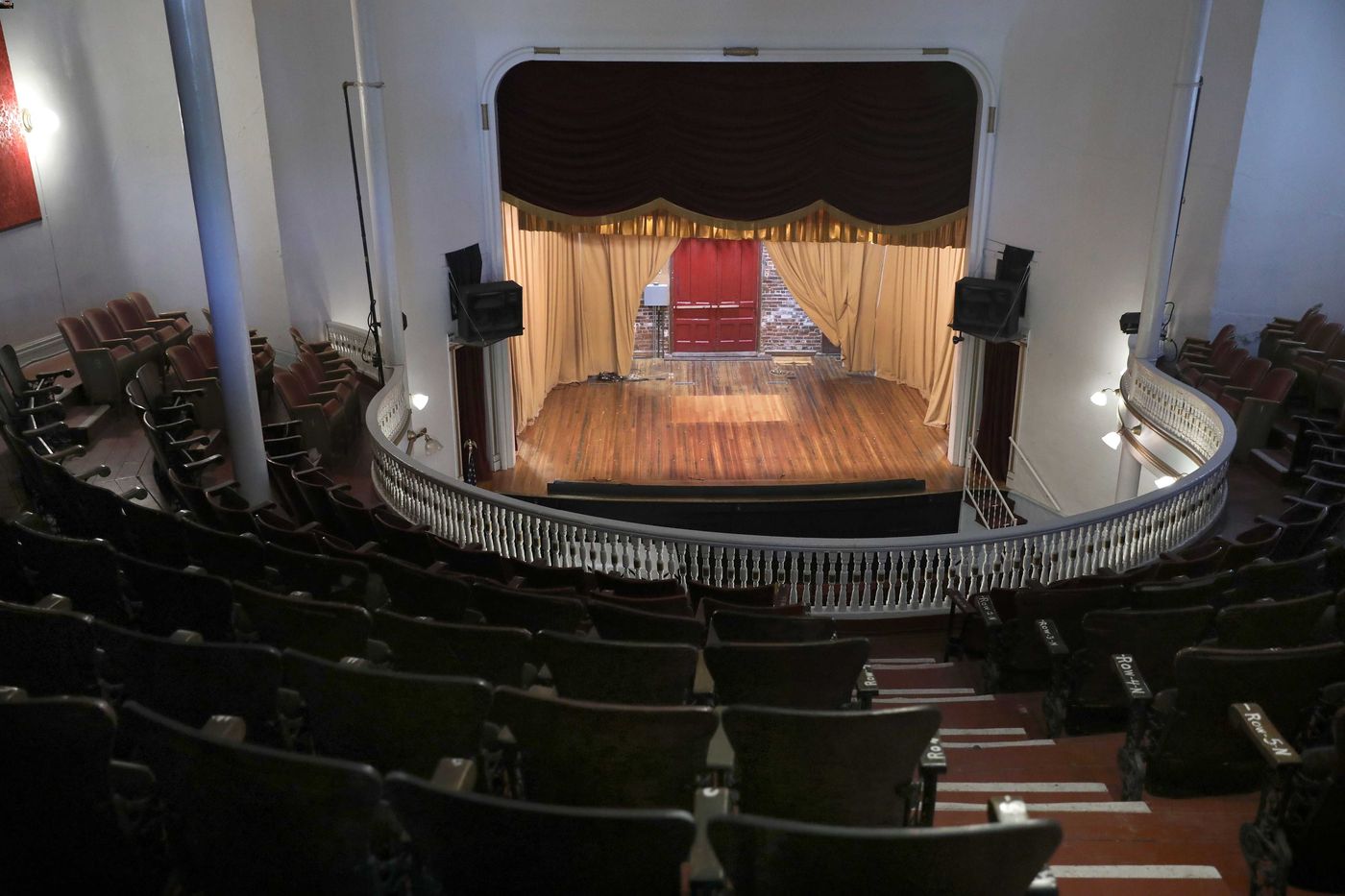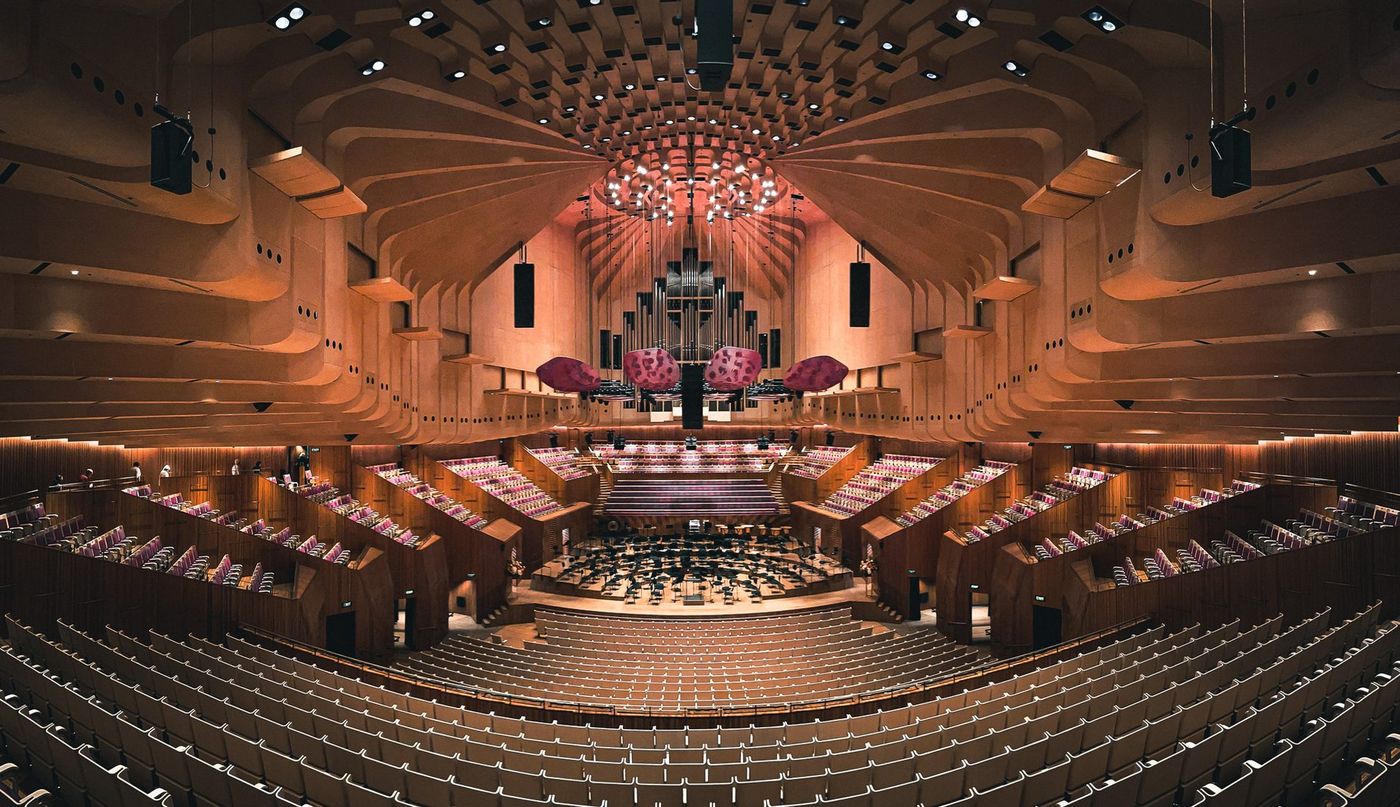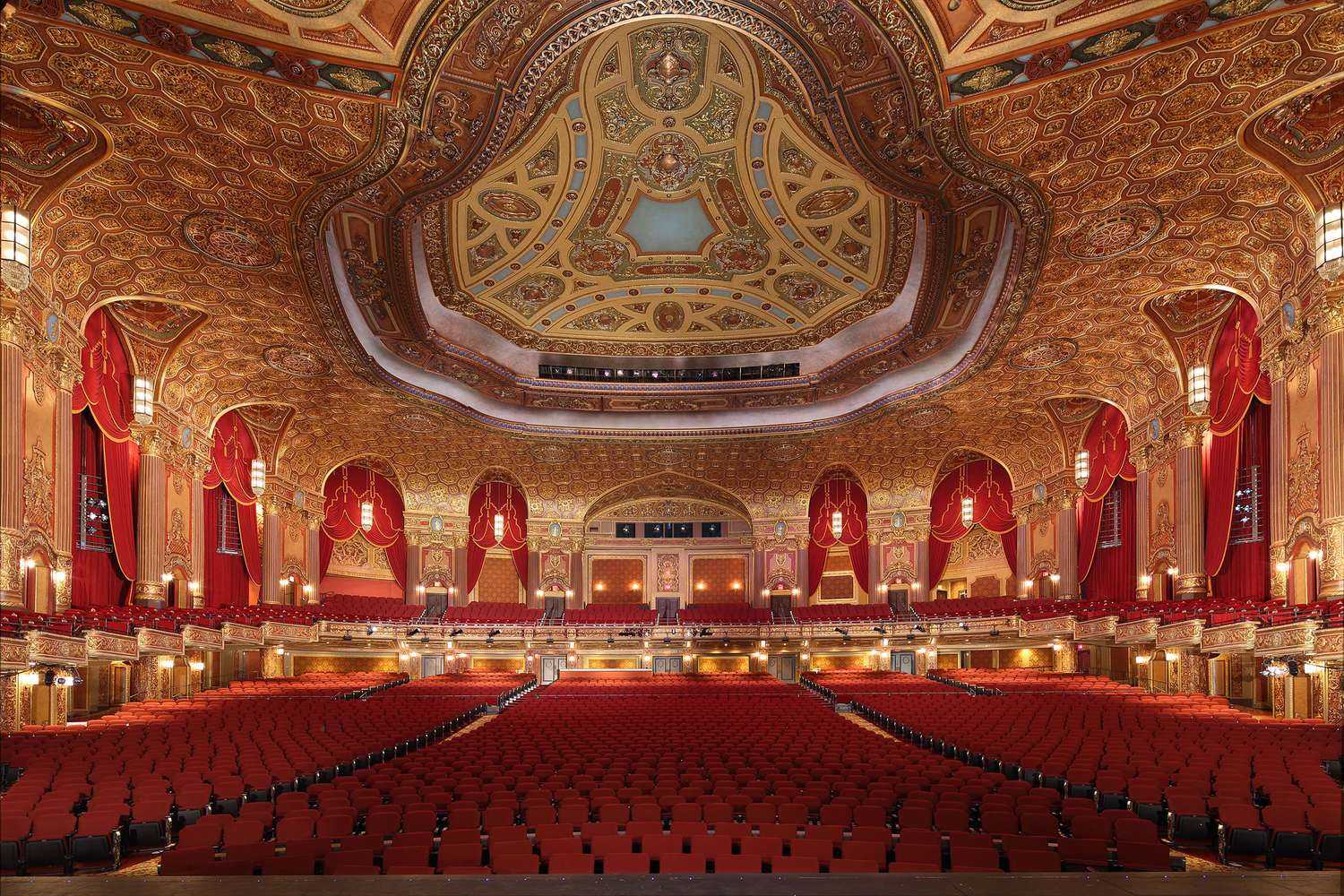Home>Events & Info>Opera>What Does The Sydney Opera House Look Like


Opera
What Does The Sydney Opera House Look Like
Modified: January 22, 2024
Discover the iconic Sydney Opera House, a masterpiece of modern architecture and a UNESCO World Heritage Site. Immerse yourself in its unique design and breathtaking views of the Sydney Harbour.
(Many of the links in this article redirect to a specific reviewed product. Your purchase of these products through affiliate links helps to generate commission for AudioLover.com, at no extra cost. Learn more)
Table of Contents
Introduction
The Sydney Opera House is a world-renowned architectural marvel located in Sydney, Australia. It is not only a symbol of the city but also one of the most iconic and recognizable buildings in the world. Its unique design and picturesque location make it a must-visit for tourists from all over the globe.
Built on the beautiful Sydney Harbour, the Sydney Opera House is not just a venue for performing arts, but also a cultural hub that hosts a wide array of events and activities. From opera and ballet to music concerts and theater performances, this magnificent structure has become synonymous with artistic excellence.
The construction of the Sydney Opera House was a bold and ambitious project that spanned over a decade. It was officially opened on October 20, 1973, by Queen Elizabeth II, and since then, it has attracted millions of visitors who come to admire its architectural brilliance.
In this article, we will delve into the history, architectural design, exterior and interior features, as well as the cultural significance of the Sydney Opera House. Join us as we explore the magic and allure of this iconic landmark that continues to captivate audiences around the world.
History of the Sydney Opera House
The idea for the Sydney Opera House originated in the 1940s when the New South Wales (NSW) government expressed the need for a new venue for performing arts. In 1955, an international design competition was launched to find the perfect design for the opera house. The competition received over 200 entries, and the winning design was submitted by Danish architect Jørn Utzon.
Construction of the Sydney Opera House began in 1959 but faced numerous challenges along the way. The complexity of Utzon’s design, the lack of proper funding, and disagreements concerning the project’s execution caused delays and cost overruns. Despite these obstacles, the construction persevered, and the iconic structure slowly began to take shape.
The distinctive sail-like roofs of the Sydney Opera House, which have become its trademark, were inspired by Utzon’s fascination with ship sails and the natural elements of the harbor. The construction required the development of groundbreaking engineering techniques to achieve the desired shape and stability.
After nearly 14 years of construction, the Sydney Opera House was finally completed and officially opened to the public in 1973. Utzon, however, never saw the project’s completion, as he resigned in 1966 due to conflicts with project management. Despite this, his vision and design have left an indelible mark on the architectural world.
Today, the Sydney Opera House stands as a testament to human ingenuity and creativity. Its inclusion on the UNESCO World Heritage list in 2007 further solidifies its status as a global cultural icon. The building continues to be carefully maintained and preserved, ensuring that future generations can appreciate its beauty and significance.
Architectural Design of the Sydney Opera House
The Sydney Opera House is renowned for its unique and innovative architectural design, which revolutionized the world of modern architecture. Designed by Danish architect Jørn Utzon, the building stands out with its distinct sail-like roofs and striking white tiles, making it instantly recognizable.
The design of the Sydney Opera House was inspired by Utzon’s love for nature and his desire to create a structure that harmoniously blended with its surroundings. The building is situated on Bennelong Point, a small peninsula that juts out into Sydney Harbour, providing a stunning waterfront location.
The most striking feature of the Sydney Opera House is its roof, which consists of a series of precast concrete shells arranged in a unique, interlocking pattern. These shells, often referred to as “sails,” create a sense of motion and fluidity, mimicking the billowing sails of a ship. The roof’s white ceramic tiles reflect sunlight, giving the building a captivating glow.
Utzon’s design not only focused on the exterior aesthetics but also integrated functionality and acoustics into the building’s structure. The interior spaces were carefully designed to provide optimal acoustic performance, ensuring that every note and sound produced on stage resonates throughout the auditoriums.
Another architectural highlight of the Sydney Opera House is the grand entry staircase, known as the Monumental Steps. This impressive feature welcomes visitors and creates a sense of anticipation as they ascend to the main entrance, passing underneath the building’s soaring concrete beams.
The Sydney Opera House is not just a single structure but a complex consisting of multiple performance venues, including the Concert Hall, Opera Theatre, Drama Theatre, Playhouse, and the Studio. Each venue offers unique architectural characteristics and varying seating capacities, catering to a wide range of artistic performances.
The incorporation of nature and the surrounding landscape is evident throughout the design. The Sydney Opera House embraces its waterfront location, with outdoor terraces and walkways that provide breathtaking views of Sydney Harbour Bridge and the surrounding skyline. The site’s integration with the Royal Botanic Gardens further enhances the connection to nature.
The architectural design of the Sydney Opera House has earned it global recognition and acclaim. Its bold and innovative approach, combined with its integration with the natural environment, has made it a masterpiece of modern architecture and a symbol of Australia’s cultural heritage.
Exterior Features of the Sydney Opera House
The Sydney Opera House is not only celebrated for its striking architectural design but also for its captivating exterior features. From its sail-like roofs to its picturesque waterfront location, the building’s exterior is a sight to behold.
The most prominent feature of the Sydney Opera House is its series of sail-shaped roofs, which have become its signature icon. These roofs are constructed with precast concrete shells and are clad in over a million white ceramic tiles. The tiles not only add to the building’s aesthetic appeal but also serve a functional purpose, reflecting sunlight and reducing heat absorption.
One of the best ways to appreciate the exterior of the Sydney Opera House is by taking a stroll along the picturesque foreshore promenade. From here, visitors can marvel at the breathtaking views of the building’s sail-like roofs juxtaposed against the sparkling waters of Sydney Harbour. The scenic location makes for a perfect photo opportunity, capturing the essence of this iconic landmark.
As visitors approach the Sydney Opera House, they are greeted by the Monumental Steps, an impressive staircase that leads to the main entrance. The steps are not only aesthetically pleasing but also symbolize the grandeur and significance of the building. They serve as a focal point for gatherings and events, providing a grand entrance for both performers and audience members alike.
Another notable exterior feature is the outdoor terraces and walkways that encircle the Opera House, offering panoramic views of the harbour and the city skyline. These spaces provide a serene setting for visitors to take a leisurely stroll, enjoy a picnic, or simply soak in the beauty of the surroundings.
The Sydney Opera House’s strategic placement on Bennelong Point allows for a seamless integration of the building with the natural environment. The lush greenery of the Royal Botanic Gardens surrounds the Opera House, creating a harmonious blend of architecture and nature. This unique setting further enhances the overall aesthetic charm and tranquility of the site.
Lighting also plays an integral role in showcasing the exterior features of the Sydney Opera House. At night, the building is illuminated by a series of LED lights, highlighting its iconic silhouette against the dark sky. The shifting colors and patterns create a mesmerizing visual spectacle, adding to the architectural splendor of the Opera House.
Overall, the exterior of the Sydney Opera House showcases a harmonious coexistence of architectural brilliance, natural beauty, and stunning views. From the sail-shaped roofs to the waterfront location, every element of the exterior design contributes to the allure of this iconic landmark.
Interior Features of the Sydney Opera House
The beauty and magnificence of the Sydney Opera House are not limited to its exterior. The interior of this iconic building is equally captivating, boasting a remarkable blend of functionality, elegance, and artistic grandeur.
Upon entering the Sydney Opera House, visitors are greeted by the stunning Grand Foyer, a spacious and elegantly designed area that serves as the main hub of the building. The Foyer features high ceilings, beautiful marble floors, and large windows that offer glimpses of the breathtaking surroundings.
The Concert Hall, one of the most significant spaces within the Opera House, is renowned for its exceptional acoustics. The hall is designed in a vineyard style, with seating areas arranged in a stepped manner, ensuring excellent sightlines and optimal sound quality for every audience member. The stage, adorned with rich woodwork, is surrounded by magnificent organ pipes, further enhancing the visual and auditory experience.
The Opera Theatre, with its plush red velvet seating and ornate decorations, provides an intimate setting for opera performances. The theatre’s design allows for close proximity to the stage, enabling spectators to immerse themselves in the captivating world of opera.
For smaller-scale productions, the Drama Theatre and Playhouse offer versatile spaces that can be adapted to suit various performance styles. These venues provide an intimate atmosphere, allowing for a deeper connection between performers and audience members.
The Sydney Opera House also houses a Studio, a flexible space that accommodates experimental and contemporary performances. With its adaptable seating and stage configurations, the Studio allows for innovative and boundary-pushing productions.
The interiors of the Sydney Opera House extend beyond performance venues. The building features several bars, lounges, and restaurants where visitors can relax and enjoy stunning views of the harbour. These spaces are designed to complement the overall aesthetic of the Opera House, featuring modern yet elegant decor.
The attention to detail in the interior design of the Sydney Opera House is evident in every nook and cranny. From the intricate patterns on the carpets to the carefully selected artworks displayed throughout the building, every element brings an added layer of sophistication and beauty.
Accessibility is also a priority within the Opera House. The building is equipped with amenities to cater to individuals with disabilities, ensuring that everyone can enjoy the performances and facilities without limitations.
Whether admiring the architectural marvels of the Concert Hall or savoring a pre-show drink in one of the stylish bars, the interior features of the Sydney Opera House create an immersive and unforgettable experience for visitors.
Iconic Performances at the Sydney Opera House
The Sydney Opera House is renowned for hosting some of the most memorable and iconic performances in the world of arts and culture. From mesmerizing operas to breathtaking ballets and electrifying music concerts, the Opera House has been a stage for countless legendary performances that have captivated audiences throughout the years.
One of the defining moments in the history of the Sydney Opera House was its inaugural performance on October 20, 1973. The occasion marked the opening of the Concert Hall, where the Sydney Symphony Orchestra performed Beethoven’s Symphony No. 9, led by renowned conductor Eugene Goossens. This momentous event not only showcased the incredible acoustics of the Concert Hall but also established the Opera House as a premier venue for classical music.
Opera lovers have been treated to exceptional performances at the Sydney Opera House. Some of the world’s most renowned opera companies, such as Opera Australia and The Australian Opera, have brought classic masterpieces and contemporary works to the stage. Operas like Carmen, La Traviata, and The Magic Flute have delighted audiences, while world-class singers have transported spectators with their powerful vocals and emotional performances.
Ballet enthusiasts have had the privilege of witnessing awe-inspiring performances by the likes of The Australian Ballet and international ballet companies. The Sydney Opera House has been a stage for iconic ballet productions, including Swan Lake, The Nutcracker, and Romeo and Juliet, where graceful dancers effortlessly waltz across the stage, showcasing their skill and artistry.
The Sydney Opera House has also been a venue for memorable music concerts that have spanned a wide range of genres. Legendary musicians and bands, such as Paul McCartney, Elton John, and the Sydney Symphony Orchestra, have graced the stages of the Opera House, delivering unforgettable performances that resonate with audiences of all ages.
Aside from the traditional performing arts, the Sydney Opera House has embraced modern and contemporary performances. The building’s Studio showcases innovative works, including theater productions, dance performances, and experimental shows that push the boundaries of artistic expression.
One of the most iconic performances at the Sydney Opera House took place during the 2000 Sydney Olympic Games. The Opening and Closing Ceremonies of the Games were held in and around the Opera House, captivating billions of viewers around the world. The event showcased Australia’s rich cultural heritage and marked a historic moment for the Opera House, solidifying its status as an icon of Australian identity.
These iconic performances at the Sydney Opera House have not only entertained audiences but have also contributed to the building’s cultural legacy. The venue continues to attract talented artists from around the globe, with each performance adding to the rich tapestry of experiences within its hallowed halls.
Cultural Significance of the Sydney Opera House
The Sydney Opera House holds immense cultural significance, both for Australia and the global community. It has become an iconic symbol of the country and a landmark that represents artistic excellence, cultural diversity, and architectural innovation.
As a UNESCO World Heritage-listed site since 2007, the Sydney Opera House is recognized for its outstanding universal value and its contribution to humanity’s cultural heritage. It is a testament to human creativity and the ability to push boundaries, showcasing the intersection of art, architecture, and engineering.
The Opera House serves as a vibrant cultural hub, hosting a wide range of artistic performances, festivals, workshops, and educational programs. It brings together artists, performers, and audiences across different disciplines, fostering dialogue, creativity, and a sense of community.
One of the key aspects of the Sydney Opera House’s cultural significance is its ability to showcase and celebrate diverse forms of art and cultural expression. Through its varied programming, the Opera House provides a platform for artists from different backgrounds, genres, and disciplines to showcase their talents. This inclusivity promotes cultural diversity and encourages dialogue between different artistic traditions and perspectives.
In addition to its role as a performance venue, the Sydney Opera House contributes to the cultural fabric of Australia through its deep connection to the land on which it stands. The building’s design incorporates elements inspired by Aboriginal culture, bridging the gap between ancient traditions and contemporary art. The Opera House actively engages with the local Aboriginal community and celebrates Indigenous culture through various programs, performances, and exhibitions.
The Sydney Opera House also holds a special place in the hearts and minds of Australians. It is considered a national icon and a source of immense pride. The building has become synonymous with Australia’s cultural identity and is often depicted on postcards, stamps, and other national emblems. Its presence on the Sydney Harbour skyline is a constant reminder of the country’s rich cultural heritage and its commitment to the arts.
Furthermore, the Sydney Opera House has had a lasting impact on the architectural world. The innovative design and construction techniques used in its creation have influenced generations of architects and engineers. The building’s sail-like roofs and distinctive silhouette have become iconic symbols of modern architecture, setting new standards for creativity and ingenuity in design.
Overall, the cultural significance of the Sydney Opera House extends far beyond its architectural beauty. It represents a celebration of artistic expression, cultural diversity, and human achievement. It continues to inspire, entertain, and unite people from all walks of life, leaving a lasting imprint on the cultural landscape of Australia and the world.
Conclusion
The Sydney Opera House is a true masterpiece that embodies the seamless blend of art, architecture, and cultural significance. Its iconic sail-like roofs, picturesque waterfront location, and diverse array of performances have made it a symbol of excellence in the world of performing arts.
From its inception, the Sydney Opera House has captured the imagination of people from all corners of the globe. Its architectural design, created by Danish architect Jørn Utzon, pushed the boundaries of innovation and challenged traditional norms, resulting in a structure that is not only visually captivating but also functionally outstanding. The white tiles, reflecting the light of the sun, create an enchanting ambiance, while the grand entrance staircase and outdoor terraces provide opportunities to appreciate the stunning surroundings.
The history of the Sydney Opera House is a testament to human perseverance and the pursuit of artistic vision. Despite its initial challenges, the construction of the Opera House persevered, resulting in a building that is now revered as a global cultural icon. Its inclusion on the UNESCO World Heritage list further solidifies its legacy.
Within its walls, the Sydney Opera House has hosted countless iconic performances that have left an indelible mark on the cultural landscape. From opera and ballet to music concerts and modern theater, the Opera House has been a stage for artistic expression in its many forms. These performances have not only entertained audiences but have also enriched and celebrated cultural diversity.
Furthermore, the cultural significance of the Sydney Opera House extends beyond its artistic contributions. It represents a connection to the land and a celebration of Aboriginal culture. Its position as a national icon serves as a source of pride for Australians, acting as a beacon that illuminates their enduring commitment to the arts and their unique cultural identity.
As visitors explore the interior and exterior of the Sydney Opera House, they are immersed in a world of beauty, creativity, and awe-inspiring architecture. Whether attending a performance, enjoying the views from the outdoor terraces, or simply marveling at its silhouette against the Sydney skyline, the Opera House leaves a lasting impression on all who encounter it.
In conclusion, the Sydney Opera House stands as a testament to human achievement in the realm of art and architecture. Its unique design, cultural significance, and breathtaking performances continue to inspire and captivate audiences around the world. It remains a symbol of creativity, excellence, and the power of the arts to transcend boundaries and bring people together.


